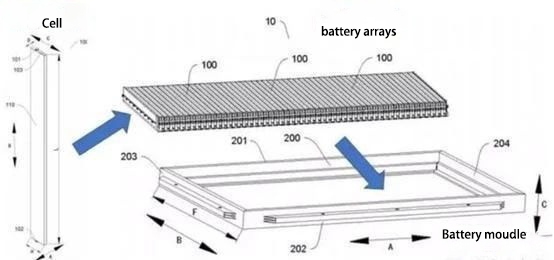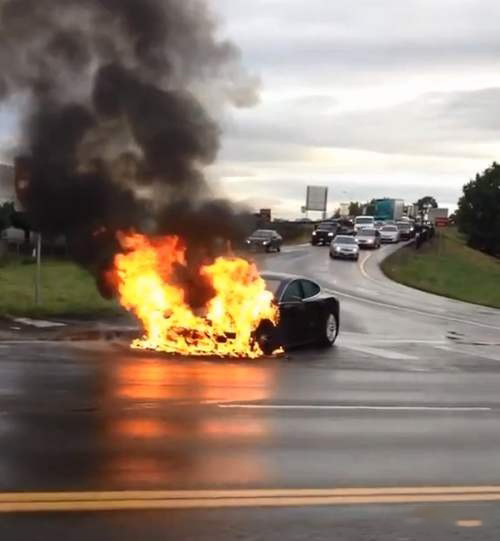1. Battery energy density
Endurance is one of the most important performances of electric vehicles, and how to carry more batteries in a limited space is the most direct way to increase endurance mileage. Therefore, a key index to evaluate battery performance is battery energy density, which is simply the electric energy contained in the battery per unit weight or volume, under the same volume or weight, The higher the energy density, the more electric energy will be provided, and the longer the endurance is relatively; At the same power level, the higher the energy density of the battery, the lighter the weight of the battery. We know that weight has a great impact on energy consumption. Therefore, no matter from which point of view, increasing the energy density of the battery is equal to increasing the endurance of the vehicle.
From the current technology, the energy density of ternary lithium battery is generally 200wh / kg, which may reach 300wh / kg in the future; At present, the lithium iron phosphate battery basically hovers at 100 ~ 110wh / kg, and some can reach 130 ~ 150wh / kg. BYD released a new generation of lithium iron phosphate battery “blade battery” in time. Its “volume specific energy density” is 50% higher than that of traditional lithium iron phosphate battery, but it is also difficult to break through 200wh / kg.
2. High temperature resistance
Safety is one of the main problems of electric vehicles, and the safety of batteries is the top priority of electric vehicles. The ternary lithium battery is highly sensitive to temperature and will decompose at about 300 degrees, while the lithium iron phosphate material is about 800 degrees. Moreover, the chemical reaction of ternary lithium material is more intense, which will release oxygen molecules, and the electrolyte will burn rapidly under the action of high temperature. Therefore, the requirements of ternary lithium battery for BMS system are very high, and anti overtemperature protection device and battery management system are needed to protect the safety of battery.
3. Low temperature adaptability
The attenuation of electric vehicle mileage in winter is a headache for vehicle enterprises. Generally, the minimum service temperature of lithium iron phosphate is not lower than – 20 ℃, while the minimum temperature of ternary lithium can be lower than – 30 ℃. Under the same low temperature environment, the capacity of ternary lithium is significantly higher than that of lithium iron phosphate. For example, at minus 20 ° C, ternary lithium battery can release about 80% of the capacity, The lithium iron phosphate battery can only release about 50% of its capacity. In addition, the discharge platform of ternary lithium battery in low temperature environment is much higher than that of lithium iron phosphate battery, which can give greater play to the ability of motor and better power.
4. Charging performance
There is no obvious difference between the constant current charging capacity / total capacity ratio of ternary lithium battery and lithium iron phosphate battery when charging at no more than 10 C. when charging at a rate above 10 C, the constant current charging capacity / total capacity ratio of lithium iron phosphate battery is small. The larger the charging rate, the more obvious the difference between the constant current charging capacity / total capacity ratio and ternary material battery, This is mainly related to the small voltage change of lithium iron phosphate at 30% ~ 80% SOC.
5. Cycle life
Battery capacity attenuation is another pain point of electric vehicles. The number of complete charge and discharge cycles of lithium iron phosphate battery is greater than 3000, while the service life of ternary lithium battery is shorter than that of lithium iron phosphate battery. If the number of complete charge and discharge cycles is greater than 2000, attenuation will begin to appear.
6. Production cost
Nickel and cobalt elements necessary for ternary lithium batteries are precious metals, while lithium iron phosphate batteries do not contain precious metal materials, so the cost of ternary lithium batteries is relatively high.
To Total: ternary lithium battery or lithium iron phosphate battery have their own advantages and disadvantages. At present, they have different representatives. Manufacturers are breaking through relevant technical restrictions and only select the battery of corresponding materials according to specific needs
Post time: Jan-20-2022







